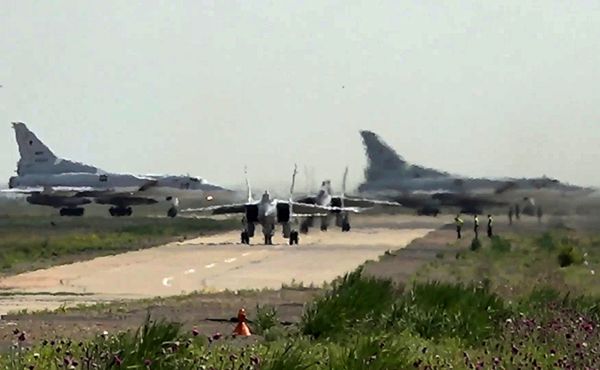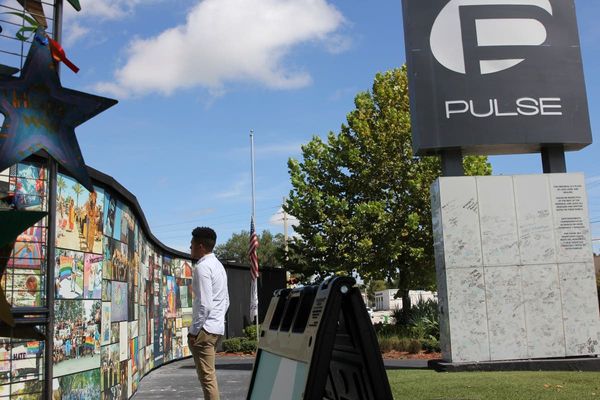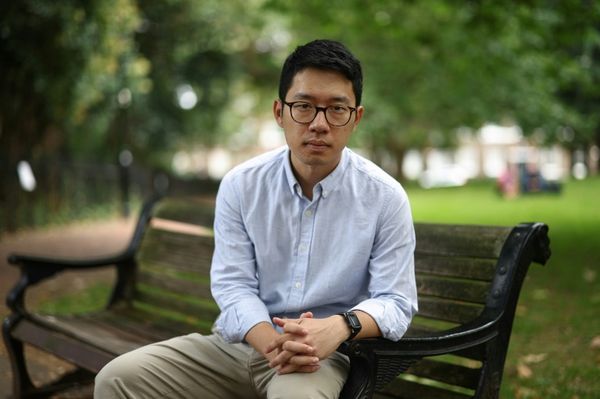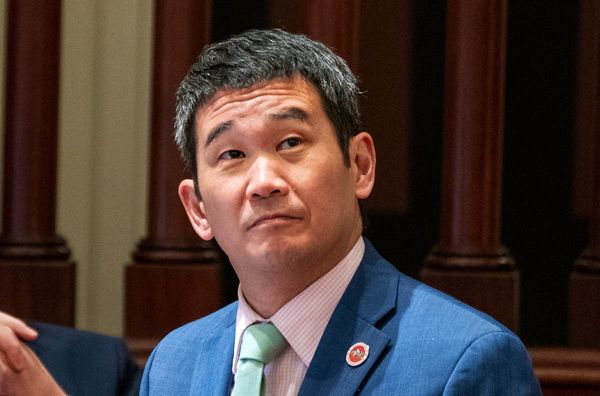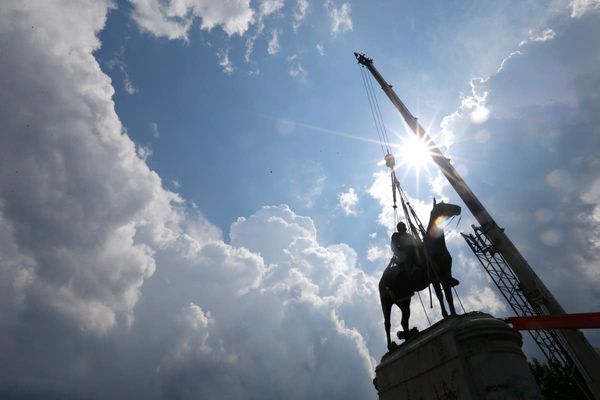
Meyer Lansky had pretty good reason to feel pissed off with the Israeli government in 1974. The long-time head of the Jewish mafia in the US made a return to the country he’d helped create. In 1947-48 he had set up a vast gun-running operation for the Zionist forces to the Zionist uprising, a crucial part of its success. Now Israel was sending him back to the US to answer on a single conspiracy to murder charge! It’d known he was a gangster! That was how it was done.
The Israeli government could have put up with that. The trouble was the source of the funds, which had come from Lansky and Bugsy Siegel restarting the heroin trade into the US from Mexico — principally to pay for the creation of modern Las Vegas, as detailed in that city’s extraordinary history The Money and the Power by Sally Denton and Roger Morris. By the ’70s, heroin was a global scourge. Lansky had to be buried in the US justice system. Any radical movement has a gangster dimension, and Lansky got what he gave.
Now the Netanyahu government is doing the same thing to its recent gangster partner, Hamas. Having worked together for decades, the greater party is going to rub out the junior partner, with the people of the Gaza Strip the victims in their thousands. The Israeli spin machine is presenting this cynical termination of a gangster-political relationship as a principled strike by a people who have had enough. The truth is the exact opposite.
Successive Israeli governments have allowed Hamas to maintain control of the Gaza Strip in order to weaken the control of the Palestinian Authority which for some years has been willing to negotiate a two-state solution, now on almost any terms. For this utterly cynical move, the people of Gaza will be made to pay and pay.
That the Israeli government had a hand in the creation of Hamas has never been in doubt. The group began as an Islamist social charity organisation, Mujama al-Islamiya, in Gaza in the mid-1970s, an extension of the Muslim Brotherhood. The Palestine Liberation Organisation (PLO) and Fatah were Marxist at the time, and there were increasing clashes between the two groups in the 1980s, such that Mujama al-Islamiya began to arm itself.
In 1984, the IDF raided numerous arms caches, but then returned the arms and released Hamas’ detained leaders on the grounds that the arms were meant for internal struggle. This divide-and-conquer strategy continued through Hamas’ founding in 1987, even though its inaugurating charter was anti-Semitic and exterminatory in intent, which Fatah was not. It was only when Hamas’ Al-Qassam brigades began systematic attacks on Israeli targets in 1989 — Israel still actively occupied Gaza at this stage — that Israel got tough, with mass arrests, deportations and assassination of leaders. By then, the organisation was well established.
Successive governments leaned towards negotiations with the Palestinian Authority; even Hamas in 2004 proposed a “truce” lasting between 10 years and decades for an interim two-state solution. These negotiations had some sort of agreement from most parties, save for one: the new, increasingly right-wing Likud, led by Benjamin Netanyahu from 2009.
To chronicle Netanyahu’s political movement around the issue of a two-state solution from his first premiership in 1996 to now would take a whole edition of this publication; suffice to say that the two-state formulation that he has pursued — a Palestine with no army, no air space control, crisscrossed with Israeli military roads, Jerusalem as a unified Israeli capital, and no right of return — is one that could never be acceptable to the Palestinian leadership, still less the people.
Since around 2015, Netanyahu’s political persona has changed substantially. The one-time BCG management consultant and transactional neoliberal politician has become increasingly oracular, mystical and intransigent, as measured by his recent Old Testament supremacist comment about the “children of the light vs the children of the dark”, and his bizarre suggestion that Hitler’s desire for Jewish extermination was acquired after a visit from the mufti of Jerusalem in the 1930s.
Whether all this has been a genuine shift in his beliefs, or a longplay fake to cement himself with an increasingly culturally right-wing constituency and its parties, is one for the experts. But this combination of two political styles has led to two things: a rejection of any two-state solution, and a backhanded support of Hamas that has allowed it to consolidate its hold on Gaza and to build its military capabilities.
Netanyahu’s shift from any endorsement of a two-state solution (possibly it needs to be made clear — he’s also not in favour of a Jewish-Palestinian “one-state” solution) appears to date publicly from around 2017, though he may have come around to that position many years earlier. In 2019 he made his now notorious, and multiply reported comments that anyone who wanted to frustrate a two-state solution should support Hamas.
However, criticism of that support is complicated. Many hardliners in Israel are criticising policies that many of us might support, such as allowing increasing numbers of guest workers into Israel daily, or a general restraint on reprisals for one-off missiles (often launched by breakaway group Islamic Jihad) and balloon-bomb attacks. Within the hopelessly skewed power relations, these are things we might support.
But crucially this has been twinned with a process of allowing Hamas carte blanche to build its own organisation through large cash transfers from its exiled leaders in Doha, Qatar, into Gaza, with many coming and going with impunity. Preventing these transfers and this travel would have created no great opprobrium from pro-Palestinian groups in the West; very few are holding a candle for Hamas. But it has been vital to Hamas’ hold on the Gaza Strip, and its prevention of any challenge to its power.
Now suddenly Hamas, which has had an exterminatory anti-Semitic charter since 1987, is revealed as a threat that must be wholly extinguished. The tunnels it has been building for a decade are unquestioningly reported as vast networks; yet as recently as 2017, the IDF was playing down their significance.
Whatever their true extent, they now serve as pretext for unlimited bombing of the surface of Gaza, in which thousands are being burnt alive through the distanced and impersonal medium of bombing, which can then be presented as less barbaric than face-to-face killing.
The question as to how the attack was permitted to happen remains crucial. Israel brags about its ability to track every Hamas commander anywhere, a claim that it uses to legitimate specific bombings. Yet all these elite forces were unable to spot a surprise attack on the 50th anniversary of the greatest surprise attack in Israel’s history, despite warnings from outside. It doesn’t add up for a second.
If it was in some way waved through, it adds up to a breathtaking cynicism, one that will add to the deaths of hundreds of IDF troops, 1,500 Israelis, Bedouins, Thai guest workers and tourists from the initial raid, and the thousands of Gazans who have since perished in slow-drip state terror. It is a pre-ordained mass killing long prepared for. Any moral claim whatsoever to self-defence has been supplanted by a hit job of unlimited lethality and gangster logic.
